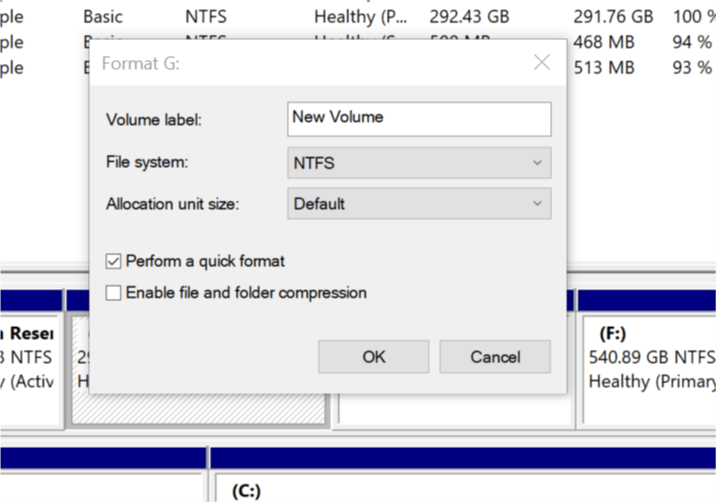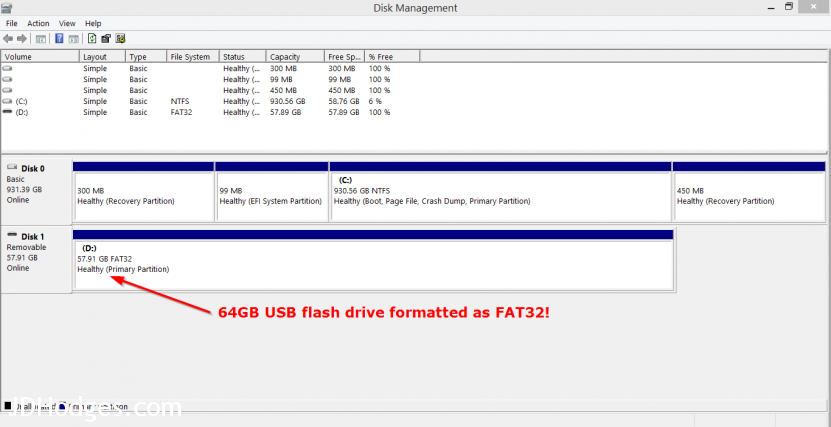
2 backup services: It supports Microsoft's VSS and AOMEI's backup services, so it can ensure that your backup tasks will not be interrupted in the middle.Incremental backup will only back up the changed part, so this method will help you save backup time and storage space Incremental backup: You can choose the incremental backup method to perform your backup tasks.It is suitable for many kinds of Windows OS, including Windows 11/10/8.1/8/7/XP/Vista, etc. You need to choose a safe and reliable backup software, such as AOMEI Backupper Standard, which not only helps you back up disks for free, but also provides various backup functions to fully protect your data. Backup Your Disk before Formattingīefore you start to fix the problem that Windows 11 formatted FAT32 is not available, in order to prevent data loss after formatting z, it is recommended that you back up your disk data in advance before starting to format. And that's why there is no FAT32 format option in Windows 11 or other versions. In other words, Windows' built-in formatting tools like Disk Management, File Explorer, or DiskPart won't allow you to format a 64GB SD card as FAT32. Because the default Windows formatting options only allow FAT32 partitions on drives that are 32GB or less. This is usually due to your partition being larger than 32GB.

But sometimes you may find that the FAT32 option is not available in Disk Management. In general, you can easily and successfully format it as a FAT32 file system in Disk Management.

Therefore, many users want to format their hard drives as FAT32. When you need to format a drive, many devices only recognize FAT32 and not exFAT/NTFS.

The maximum file size is 4GB and the partition size is 8TB.

Work across platforms or operating systems.Compatible with a large number of devices.32 refers to the number of bits the filesystem uses to store the addresses of these files. When you format a drive, FAT32 is one of the options. In simple terms, you can clearly know how the files are organized. FAT32 is a disk format, it's also known as a file allocation table, and it's the operating system's (OS) way of keeping track of cluster allocations, which is how filesystems allocate disk space for everything.


 0 kommentar(er)
0 kommentar(er)
